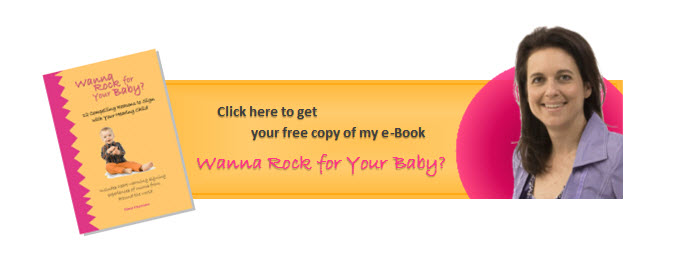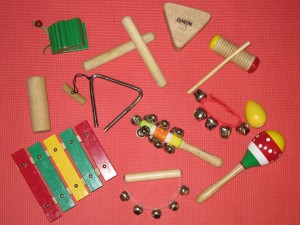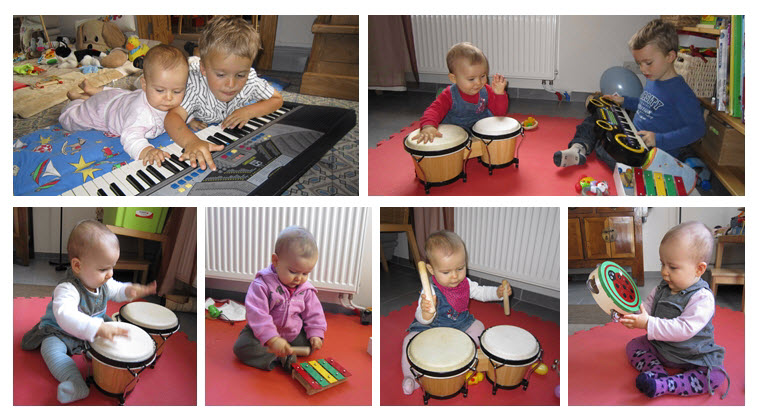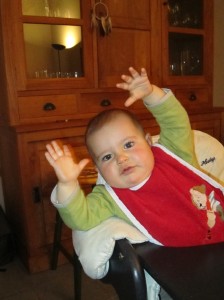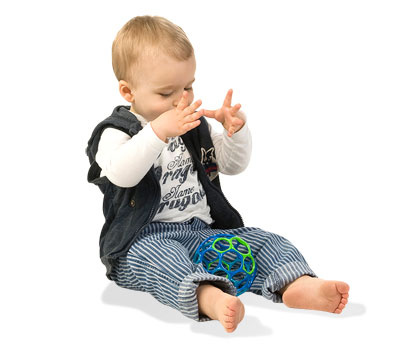When your baby starts signing, she might sign for things you don’t want her to have such as cookies for example. Normally babies cannot ask for specific things, so you would not be confronted with this situation at such an early age.
Here are some ideas how to handle the “cookie-question” with positive parenting techniques.
Just because your baby is able to communicate what she wants, doesn’t mean that you have to say ‘yes’ to everything. So, imagine your daughter signing that she wants a cookie; you don’t want her to have a cookie because it’s time to have lunch.
Knowing what your daughter wants, you can say:
‘No, you can’t have a cookie now because we are about to have lunch’.
Or an even better answer would be:
‘Yes, you can have a cookie when we have finished our lunch’.
Did you notice how starting the answer with ‘yes’ made it sound a lot less confrontational? Quite often you can turn your ‘no’ answer into a ‘yes’ answer, it takes some practice but is a great way to avoid arguments. If there is no alternative to a ‘no’ answer you can say something like:
‘I see that you would like a cookie, right now I can offer you a piece of banana or a piece of apple instead. What would you like?’
With this response you have signaled that you understand what your daughter wants and at the same time offered two alternative solutions she can choose from. Offering a choice of two similar things can be very powerful with a toddler.
I have to admit that it can be very hard to say ‘no’ to your child when the sign for ‘cookie’ is followed by the sign for ‘please’. My son kept up the sign for ‘please’ for a long time because he knew what effect it can have :-).
Oh and here is what the alternative without signs would probably look like: you are preparing lunch and your daughter is whining. Is she hungry, tired, bored? You don’t know. You can start the guessing game or offer your best-guess-solution such as ‘lunch will be ready in a moment (assuming that she is whining because she is hungry)’. What she really wants is a cookie though, so she will keep whining. She’ll probably feel frustrated because she doesn’t get her cookie and you might end up feeling stressed or frustrated because she doesn’t stop whining.
Now it’s your turn. I’d love to hear about situations when you wished you knew what your baby really wanted, so you could give a suitable response. How do you think signing would have helped in those situations?





